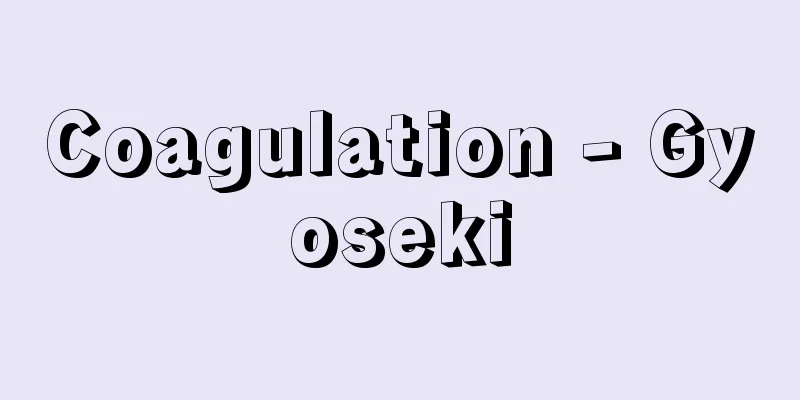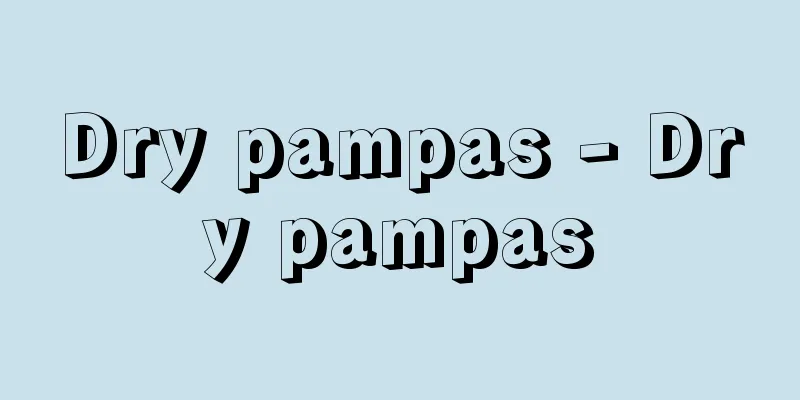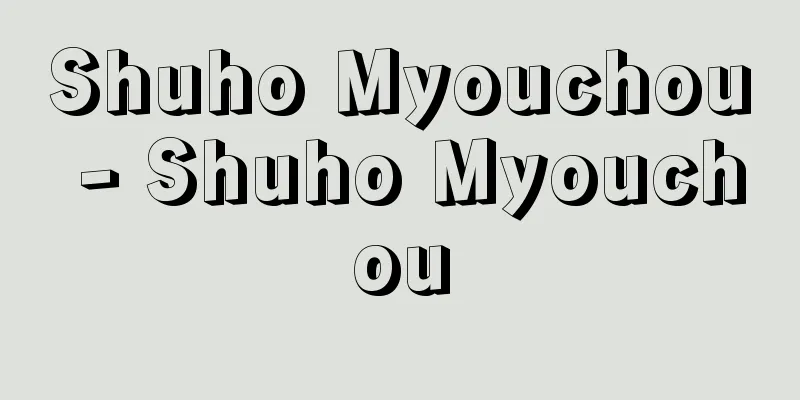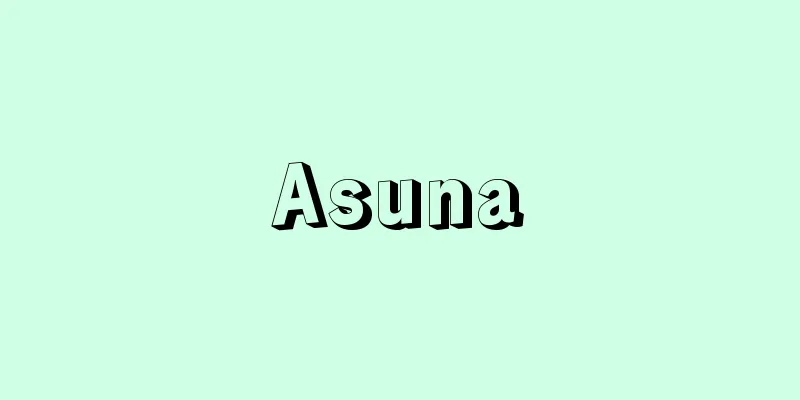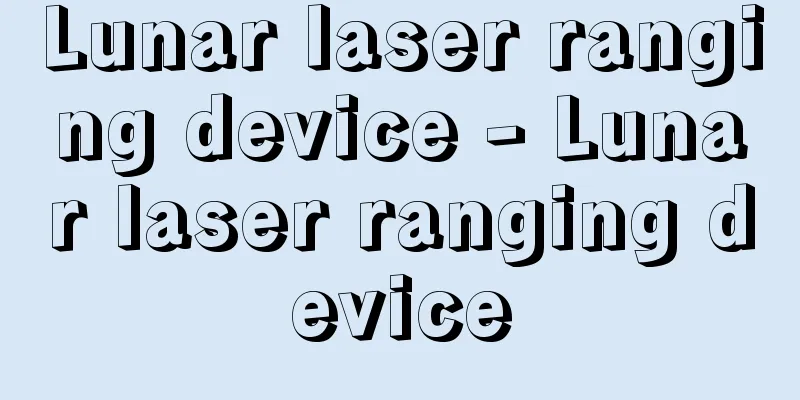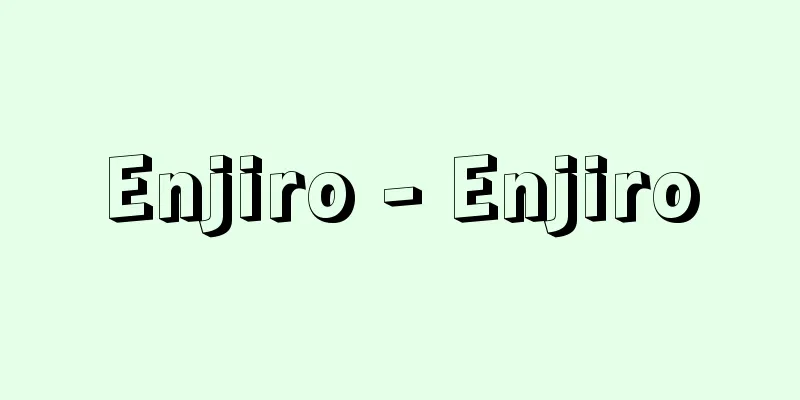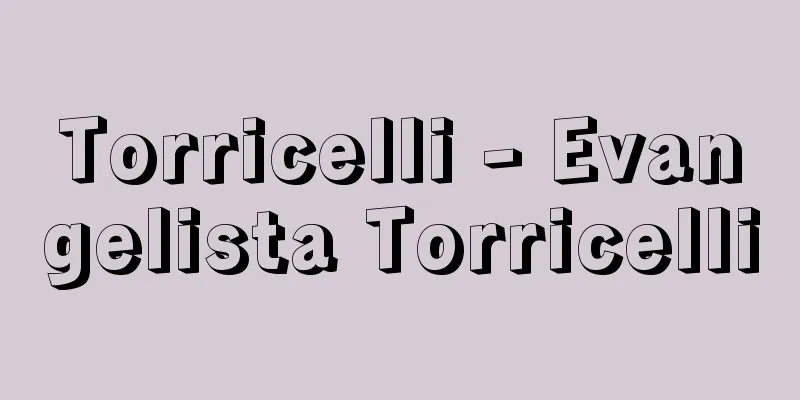Fumie - Fumie
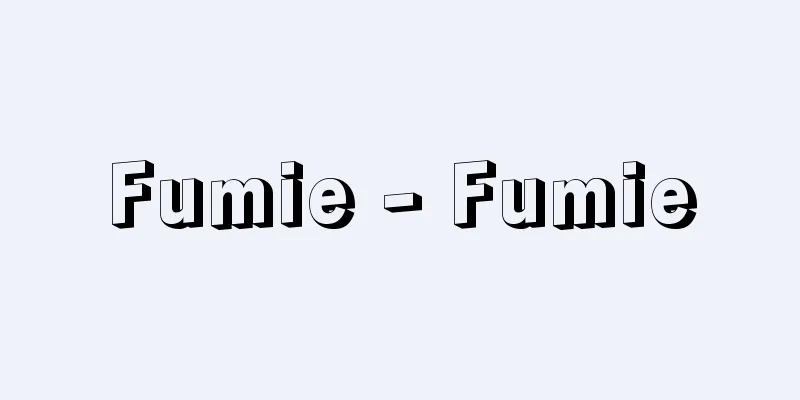
|
In the Edo period, people would step on pictures of Jesus Christ or Mary to prove they were not Christians. This was also called efumi. The holy images used in efumi are also called fumie, but efumi and fumie are often used interchangeably. Other names for efumi include "eifumi" (stepping on the shadow) and "stepping on the shadow of a person." It began in Nagasaki in the 1620s (early Kan'ei period) as a way to force or as proof of abandoning Christianity. Eventually, this method was adopted throughout Kyushu, except for some areas such as the Satsuma domain. The 'e-fumi', which was first carried out on renegade Christians, was institutionalized for all the domain's residents in the 1660s (Kanbun period) in order to expose Christians, and became part of the control of the domain's residents. In response to the strengthening of the 'e-fumi' system in the Kyushu domains, the Nagasaki Magistrate's Office ordered Hagiwara Yuusa to make brass 'fumi' boards in 1669 (Kanbun 9) to make up for the shortage of 'fumi' boards, and further lent these 'fumi' boards to the Kyushu domains in an attempt to gain control over the control of Christians in Kyushu. Although the edom system was only established in the Kyushu region, it is said that similar methods were used in other regions outside Kyushu when illegal immigrants or hidden Christians were discovered. Later, in Nagasaki, the edom system became an annual event, and was held every New Year in the towns of Nagasaki. The edom system was abolished with the signing of the Treaty of Amity and Commerce between the United States and Japan in 1858 (Ansei 5), but it is known that it was continued in other areas for several years after that, due to the existence of edom books. In the early days, the fumie boards were made with images confiscated from Christians, but as they were damaged and the practice of fumie became institutionalized and widespread, the fumie itself became standardized and fixed. As a result, board fumie with cast metal relief images of holy figures inlaid into the board, and brass fumie made by Hagiwara Yuza came to be widely used. Fumie were mainly kept under strict management by the Nagasaki Magistrate's Office. They are currently kept at the Tokyo National Museum. [Sanae Murai] [Reference] |Source: Shogakukan Encyclopedia Nipponica About Encyclopedia Nipponica Information | Legend |
|
江戸時代、キリシタンでないことを証明するために、キリスト、マリアの絵像を踏むこと。絵踏(えふみ)ともいう。また絵踏のときに用いられた聖画像を踏絵というが、絵踏と踏絵は混同して使用されることが多い。絵踏の呼称は、ほかに「影踏(えいふみ)」「ミ影(えい)を踏む」などの例がある。 キリスト教棄教の強要、あるいはその証(あかし)として、1620年代(寛永(かんえい)初期)に長崎で始められた。やがて、薩摩(さつま)藩など一部の地域を除く九州各地でこの方法がとられた。最初、転(ころ)びキリシタンに実施された絵踏は、1660年代(寛文(かんぶん)年間)ごろになると、キリシタン摘発のために全領民を対象として制度化され、領民支配の一環をなすに至る。この九州諸藩の絵踏制の強化に対応して、長崎奉行所(ぶぎょうしょ)では1669年(寛文9)萩原祐佐(はぎわらゆうさ)に命じて真鍮(しんちゅう)踏絵をつくらせて、踏絵板の不足を補い、さらにこの踏絵板を九州諸藩に貸し出すことによって、九州のキリシタン取締りに関する権限の掌握を図った。絵踏が制度化されたのは九州地方のみであるが、九州以外の各地でも随時密入国者や潜伏キリシタンの露顕があったようなとき、類似の方法で絵踏が行われたという。後年、長崎では絵踏は年中行事化して、毎年正月に町順で行うようになった。1858年(安政5)の日米修好通商条約締結によって絵踏制は廃止されるが、長崎以外の地ではその後数年施行されていたことが、絵踏帳の存在などによっても知られる。 なお踏絵板は、初期にはキリシタンから没収した画像などが用いられたが、破損や絵踏の制度化、普及化に伴って、踏絵そのものが定型化、固定化した。そのために、金属製鋳造レリーフ聖画像を板にはめ込んだ板踏絵、萩原祐佐製造の真鍮踏絵などが広く用いられるようになった。踏絵は主として長崎奉行所が厳重に管理した。現在は東京国立博物館に保存されている。 [村井早苗] [参照項目] |出典 小学館 日本大百科全書(ニッポニカ)日本大百科全書(ニッポニカ)について 情報 | 凡例 |
<<: History Country - Fumikuni
Recommend
Ordinary language philosophy
This name refers to a group of philosophers who w...
Gavial - Indian gavial
A crocodile of the family Crocodylidae, order Cro...
unwillful off side
…During the game, it serves to ease the tension b...
hortus deliciarum (English name) hortus deliciarum
...The basic structure of a Western garden, in wh...
Genetic psychiatry - genetic psychiatry
…German genetic psychiatrist. Born in Switzerland...
Neoprene
…In 1931, DuPont first began manufacturing and se...
Camel (tobacco)
…(a) American Blend: A blend of about 40% yellow-...
Four Seas
〘noun〙① The seas on all four sides. Yomonoumi. ※Su...
Naniwa-kyo
Since the construction of Naniwa Nagara Toyosaki ...
naked mole-rat
...Furthermore, African rodents of the Bathyergid...
Ozu - Ozu
One of the surnames. Source: The Selected Edition ...
Aji stone
A regional brand of Kagawa prefecture in the Shiko...
doubleikat (English spelling) doubleikat
...the simplest technique for making ikat threads...
Forever
A term used in religion and philosophy. It refers...
Guardini
German Catholic theologian. Born in Verona, Italy....

